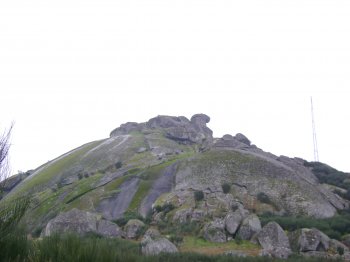Explore the best places
Results for castelo in Portugal
Castelo de Viana do Alentejo
- heritage
Largo de São Luís, 7
7090-271, Viana do Alentejo
Originally called "Viana of the pair of Alvito", the village was resettled in the 13th century by d. Gil Martins. In 1313, King Denis granted a Charter and privileges and ordered the construction of the Castle, which, rebuilt by King John II, still maintains the characteristics of the initial project. It is a monument of pentagonal plant whose angles stand cylindrical towers with cruciform arrow slits.
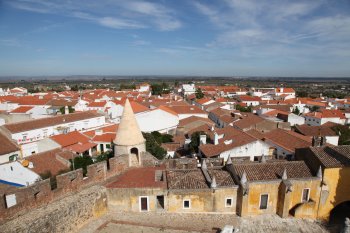
Castelo de Vila Flor
- heritage
Rua Dom Dinis
5360-377, Vila Flor
Only the Porta da Vila or Arco de Dom Dinis and a section of the wall remain from this medieval castle. The main door is flanked by a tower flanked by two semicircular defensive towers. The town of Vila Flor was part of a border defense zone against attacks from Castile and León.
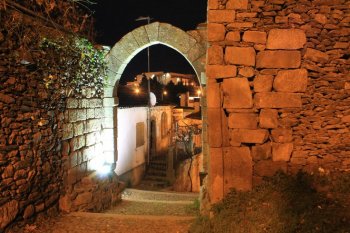
Castelo de Vila Viçosa
- heritage
Rua Sacadura Cabral, 2
7160-209, Vila Viçosa
Square-shaped castle surrounded by a moat and two cylindrical turrets. Access is via a classic Roman doorway. It is a rare example in the panorama of Portuguese military architecture, with the medieval fence, towers and doors coexisting with the Renaissance fortification. The Alcáçova dos Duques de Bragança stands out, with rooms with marble columns and ribbed vaults.
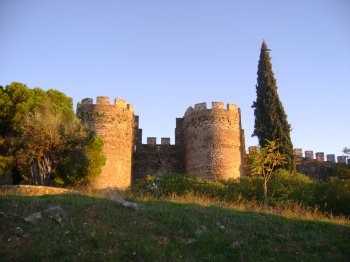
Castelo de Vila do Touro
- heritage
Rua dos Templários
6320-592, Sabugal
Castle probably dated from the Bronze age and rebuilt during the reign of Dinis. In 1319 moved to the hand of the order of Christ. At the time of the restoration War, residents erected a stronghold around, with defensive purposes. Consists of a walled perimeter that includes a single door with double row of staves.

Castelo de Vilar Maior
- heritage
Largo da Misericórdia, 9
6320-601, Sabugal
The early occupation of this site dates back possibly to pre-Roman times, Roman or Muslim, after being rebuilt in 1139. Features a stroke irregular oval, with a square keep, having three records, arrow slits straight and arched door broken. In the 20th century, the building of the old community oven suffered restoration, for here set up a tour desk and a craft shop.
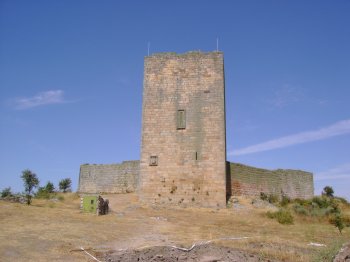
Igreja de Nossa Senhora do Castelo
- heritage
Avenida Nossa Senhora do Castelo
2100, Coruche
During the Reconquista, this hill overlooking the town built a castle, the scene of frequent battles between Muslims and Christians. Currently, there is this hermitage invoking Our Lady of the Castle. According to tradition, the Church was founded by King Afonso Henriques, with a portrait of this king preserved there. The chapel is very long and not very wide, with a single nave, with a stone pulpit and a crossing arch in pink marble.
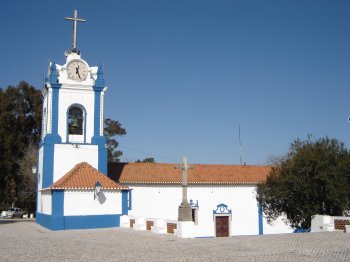
Igreja de São Miguel do Castelo
- heritage
Rampa de São Miguel, 6
7000-812, Évora
This hermitage construction has started by the end of the XVII Century. The temple maintains a presbytery with a Manueline – Mudejar cover and the main chapel has a lancet dome.
Igreja de São Miguel do Castelo
- heritage
Rua Conde Dom Henrique, 3
4800-412, Guimarães
This Romanic church has a perfectly volte doorway and a rectangular main chapel, probably built by the Count Dom Henrique. This Monument has a rather high symbolism not only for its historical connection to the period in which the Nationality was founded, but also because traditionally here Dom Afonso Henriques was baptised. The main façade includes a doorway with two archivolts and a flat tympanum. On the inside there are some warrior graves that were connected to the Nationality foundation.

Fonte de Castelo de Vilharigues
- heritage
Castelo de Vilharigues
3670-152, Castelo de Vilharigues
The Château de Vilharigues date of 1831.
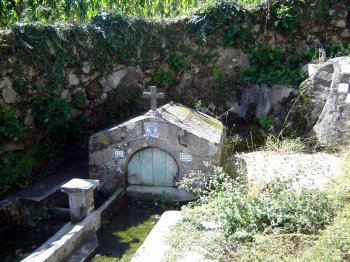
Ruínas do Castelo da Nóbrega
- heritage
Sampriz
4980-725, Sampriz
Despite the poor state of conservation and corresponding asset value, little castle of Nóbrega has great historical significance and regional scientific interest enough for understanding the Organization and evolution of medieval settlement in the Minho region.
